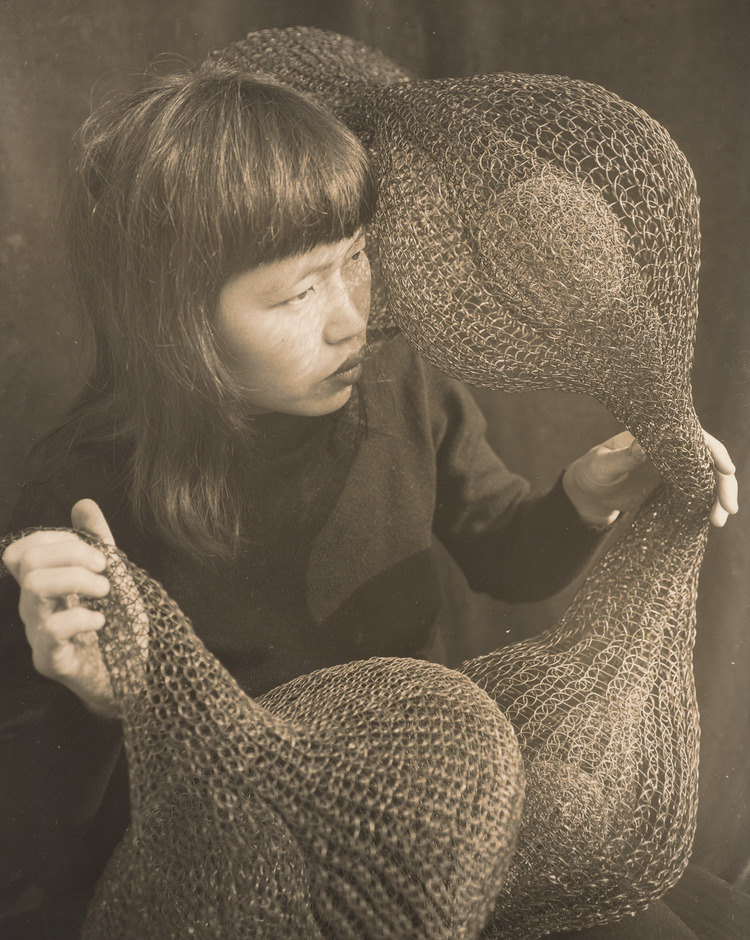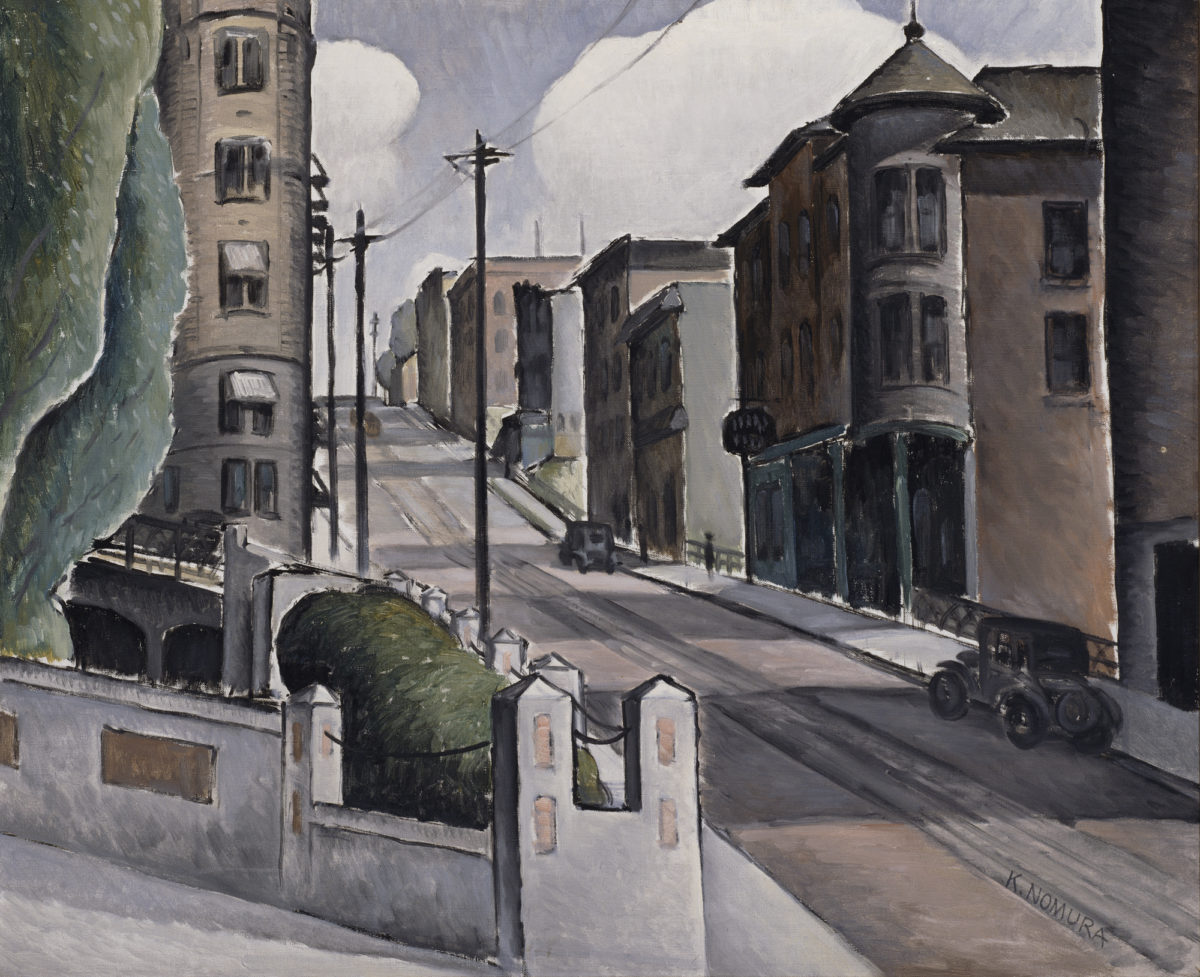Muse/News: Cunningham’s BFF, Nomura’s Moment, and Exiting 2021
SAM News
Imogen Cunningham: A Retrospective is now on view at SAM! Jas Keimig of the Stranger falls for the friendship between Cunningham and sculptor Ruth Asawa, which is explored in the show via portraits and a dynamic installation of Asawa’s “floppy, organic” works.
Misha Berson wrote for Oregon ArtsWatch about the “many faces” of Imogen Cunningham on view in the exhibition, sharing some memories of spotting the artist herself out and about in San Francisco, too.
Seattle Met shares their picks for the best seafood in Seattle, including SAM’s favorite new friend, MARKET Seattle.
Local News
Patheresa Wells for South Seattle Emerald on the meanings of Kwanzaa and how to celebrate the holiday this year, including in-person or virtual events at Wa Na Wari and the Northwest African American Museum.
Crosscut’s Margo Vansynghel looks back on “10 Seattle artworks that exemplify 2021.”
Jade Yamazaki Stewart on the much-deserved recognition of Seattle painter Kenjiro Nomura in a new book and an exhibition at the Cascadia Art Museum. (Hot tip: You can also see Nomura’s work on view at SAM in the collection installation Northwest Modernism!)
“But [Cascadia Art Museum curator David F.] Martin…said he’s had issues getting major museums to accept Nomura’s work, always getting the same response: that the paintings would better fit in a Japanese historical museum. This bothers Martin, who views Nomura as an American artist. ‘He was integrated in the art society here,” he says. “Why should I separate him by his ethnicity?’”
Inter/National News
The trailblazing thinker bell hooks passed away last week. Janelle Zara for Artnet celebrated hooks’ wide-ranging work, including her art criticism and how the writer was “instrumental in cracking open the white, western canon for Black artists.”
New York Times critics Holland Cotter and Roberta Smith offer their “Best Art Exhibitions of 2021.”
“Exit this year through the museum gift shop,” says the New Yorker’s Rachel Syme in her detailed list of recommendations, including the “thank you” tote from SAM Shop, which is open during museum hours and online for holiday needs!
“Although each shop shares its sensibility—and its profits—with the larger institution it is attached to, many of the smaller and funkier museum shops stuff their shelves with eccentric trinkets that echo the museum’s aesthetic more in spirit than in substance.”
And Finally
The story behind Irving Berlin’s “White Christmas.”
– Rachel Eggers, SAM Associate Director of Public Relations
Image: Ruth Asawa, Sculptor, 1952, Imogen Cunningham, American, 1883–1976, sepia toned gelatin silver print, 9 1/2 × 7 1/2 in., Fine Arts Museums of San Francisco, Gift of Ruth Asawa and Albert Lanier, 2006.114.1, Photo: Randy Dodson, © 2021 The Imogen Cunningham Trust.

